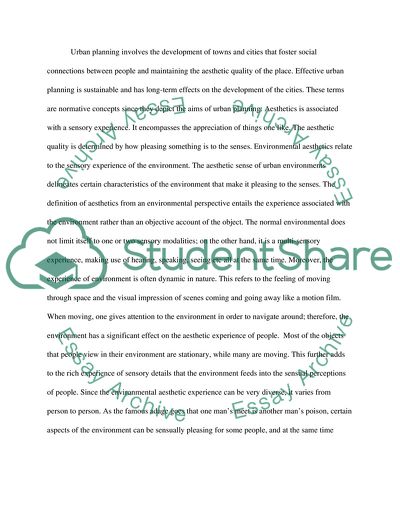Cite this document
(Effective Urban Planning Essay Example | Topics and Well Written Essays - 1500 words, n.d.)
Effective Urban Planning Essay Example | Topics and Well Written Essays - 1500 words. https://studentshare.org/engineering-and-construction/1738108-what-constitutes-the-aesthetic-aspect-of-urban-environments-and-is-this-a-quality-of-the-environment-which-urban-planning-should-seek-to-maintain-and-enhance
Effective Urban Planning Essay Example | Topics and Well Written Essays - 1500 words. https://studentshare.org/engineering-and-construction/1738108-what-constitutes-the-aesthetic-aspect-of-urban-environments-and-is-this-a-quality-of-the-environment-which-urban-planning-should-seek-to-maintain-and-enhance
(Effective Urban Planning Essay Example | Topics and Well Written Essays - 1500 Words)
Effective Urban Planning Essay Example | Topics and Well Written Essays - 1500 Words. https://studentshare.org/engineering-and-construction/1738108-what-constitutes-the-aesthetic-aspect-of-urban-environments-and-is-this-a-quality-of-the-environment-which-urban-planning-should-seek-to-maintain-and-enhance.
Effective Urban Planning Essay Example | Topics and Well Written Essays - 1500 Words. https://studentshare.org/engineering-and-construction/1738108-what-constitutes-the-aesthetic-aspect-of-urban-environments-and-is-this-a-quality-of-the-environment-which-urban-planning-should-seek-to-maintain-and-enhance.
“Effective Urban Planning Essay Example | Topics and Well Written Essays - 1500 Words”. https://studentshare.org/engineering-and-construction/1738108-what-constitutes-the-aesthetic-aspect-of-urban-environments-and-is-this-a-quality-of-the-environment-which-urban-planning-should-seek-to-maintain-and-enhance.


